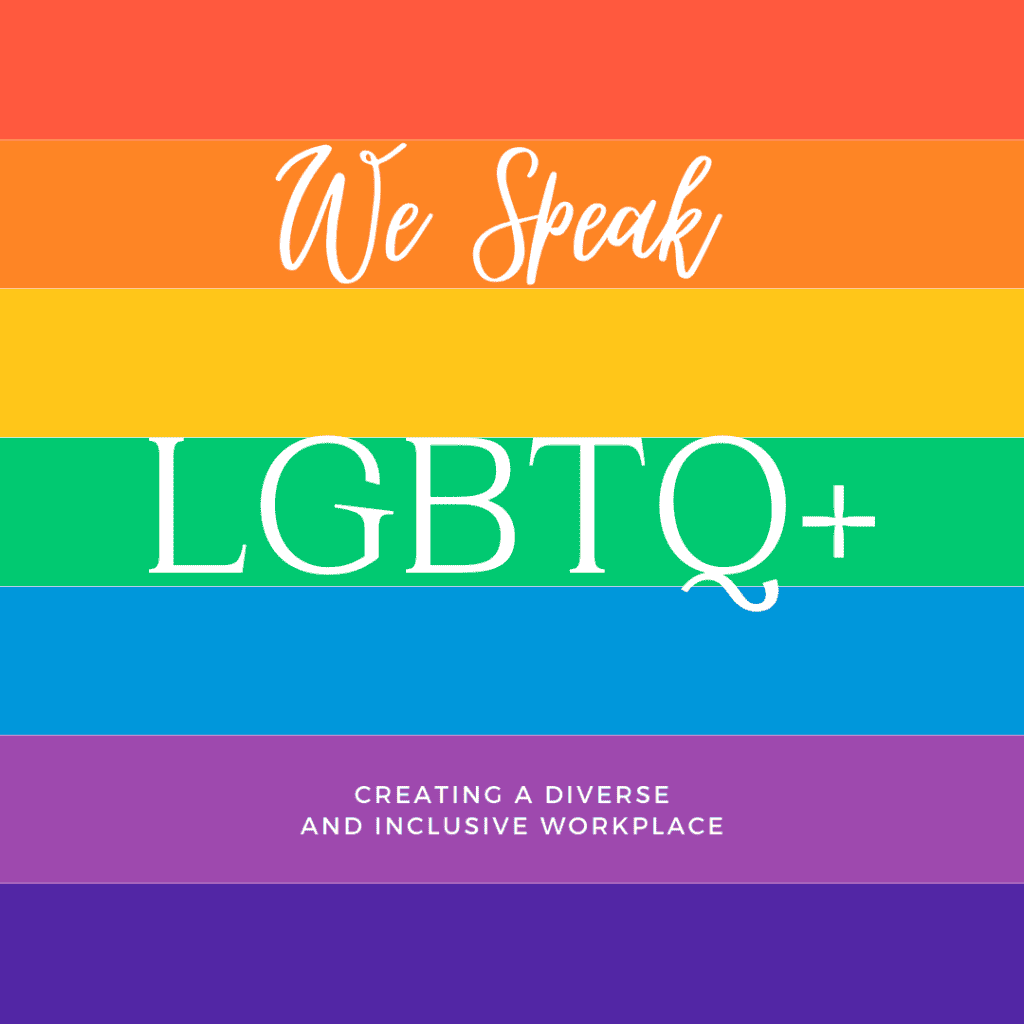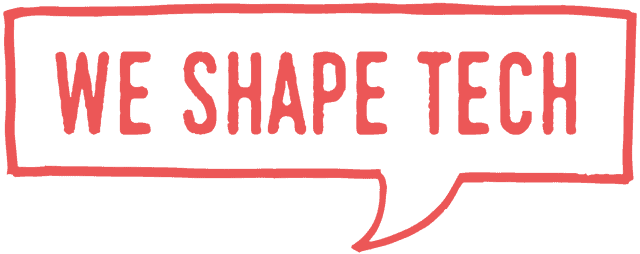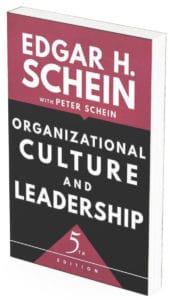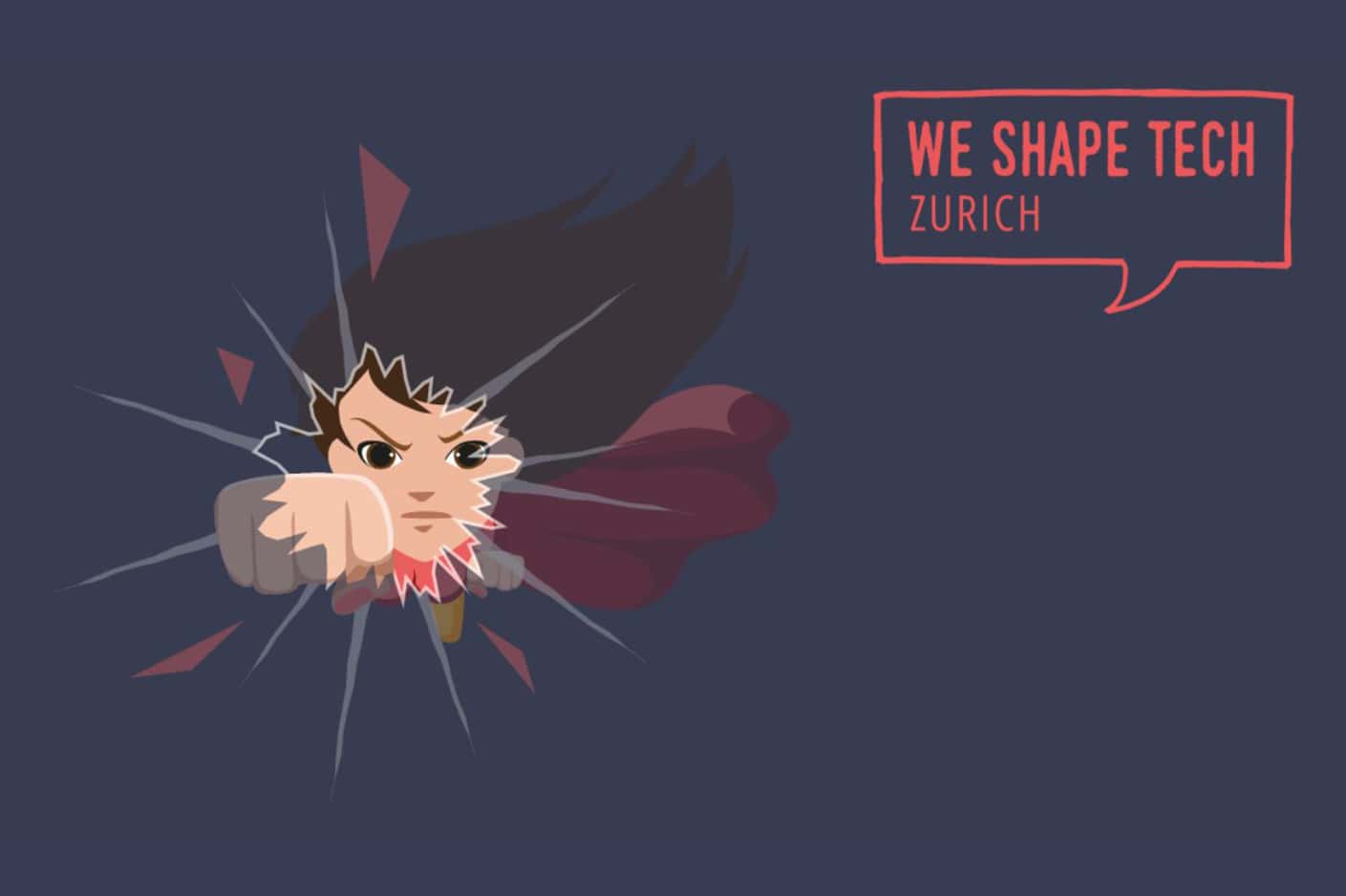Switzerland Says I DO to Marriage for ALL
Welcome the third blog in our mini-series on inclusive language. So far, we’ve learned the ABCs of LBQTQ+ and plunged into the world of pronouns. In this blog, we’re sharing actionable tips to promote and use more inclusive language in your organization starting today.
But first, we should Celebrate! Celebrate! Celebrate!
On Sunday, 26 September 2021, the Swiss people voted overwhelmingly in favor of marriage for all, joining 29 other countries where same-sex marriage is legal. As of January 2022, same-sex couples can be legally married in Switzerland.
Quick Links
A Bittersweet Moment
Becoming the 30th country in the world to legalize same-sex marriage is an exciting but bittersweet moment. Many have questioned, how are we still here? How in 2021 do we still need to vote for all people to have equal rights?
With more progress in the direction of diversity and inclusion than ever before, it would be easy to believe that change was inevitable; that we can sit back and ride the wave. However, the reality is that there’s still so much to be done before our world and workplaces are safe and inclusive for everyone.
For those who don’t face daily discrimination, the same-sex referendum in Switzerland has helped to confront an uncomfortable reality: the world is still an unfriendly, unfair, and unsafe place for many people.
Let Change Start Here
For those who don’t face daily discrimination, the same-sex referendum in Switzerland has helped to confront an uncomfortable reality: the world is still an unfriendly, unfair, and unsafe place for many people. Change can’t come soon enough for those waiting—our friends, family, co-workers, and maybe, ourselves.
Recent studies show that:
LBGTQ+ people face violence four times more often than non-LBGTQ+ people
50% of transgender people have been sexually assaulted at least once in their life
LBGTQ+ youth are more than five times more likely to die by suicide than their heterosexual peers
1 in 10 LBGTQ+ people have left a job because of discrimination
As of September 2021, thirty-three countries prohibit same-sex marriage on a national level (in the constitution)
90% percent of transgender individuals have encountered some form of harassment or mistreatment on the job
While policy change is essential to dismantling systematic discrimination, change can start with us. Inclusion can begin here, today, beginning with the language we use.
Inclusion:
The Language of Belonging
There’s a huge business case for letting employees be themselves and bring their authentic selves to work. A sense of belonging at work increases customer satisfaction and decreases turnover. In addition, belonging gives employees a sense of a psychological safety, helping increase motivation and drive engagement.
Language is a huge part of what makes us feel like we belong – it’s a building block of shared meaning. But ensuring language in your organization is inclusive and devoid of isolating terminology is easier said than done.
This is because our prejudices, unconscious beliefs, and hidden biases are deeply ingrained. Unfortunately, these habits won’t disappear overnight, no matter how well-intentioned we are.
Rewiring our brains for inclusivity takes time, so give yourself space to learn. But with rich rewards like belonging, connection, and a safer world waiting, the effort is more than worthwhile.
Tips to Get Started
Acknowledge Your Bias
The first step to building a more inclusive vocabulary is to accept that we have biases that reveal themselves in our language and behaviors. You can take this quiz by Project Implicit that helps uncover our personal biases. Research suggests examining our biases is an important step towards changing our behavior.
Address Your Co-Workers Correctly
We can’t assume what pronouns someone uses based on outward indicators like clothing or their name. Before you know which pronouns someone uses, it’s best to refer to them using the neutral pronouns they/them. It’s wise to share your pronouns first before asking what pronouns your co-workers use. Additionally, if you are referring to a theoretical person or people, refer to them using they instead of he or she.
You can find out more about pronouns in this blog.
Replace Gendered Language
Our language is embedded with gendered terms like policeman, actress, or guys. Often we don’t even realize that we’re using a gendered term, but thankfully, there are many easy ways to replace biased language with gender-neutral terms. We made a quick reference here.
Use the Conscious Style Guide When Writing
The Conscious Style Guide is a fantastic resource for ensuring your content is inclusive. In the guide, you’ll find tips on how to write about sex and gender, age, race, ethnicity, and disability using inclusive language.
Flex Your Listening Skills
Learning how to listen actively is an essential skill to building inclusive environments. Active listening is defined as listening without distractions or judgments. An active listener listens with the intent to understand, not to reply. Research shows that humans have a lot of work to do when it comes to active listening.
To show someone you’ve listened, try one of these statements:
- Let me repeat what I heard…
- You sound upset; tell me what’s going on…
- If I understand you correctly..
When we listen actively, we can also pick up on cues like what pronouns someone uses that we may have otherwise missed.
Ask for Clarification
Rather than making assumptions, ask for clarification. Don’t be afraid to share that you’re learning to use more inclusive language, and kindly ask for clarification. This can also help other people feel comfortable admitting the same and open doors for constructive conversations.
Avoid Microaggressions
Psychologist Dr. Derald Wing Sue describes microaggressions as brief verbal, behavioral, or environmental indignities. These behaviors can be intentional and unintentional interactions that can be insulting or hostile in the workplace.
Examples of microaggressions include:
- Physically distancing yourself from someone in the LGBTQ community
- Assuming or misusing a person’s pronouns
- Openly expressing beliefs that are offensive to the LGBTQ community (e.g., “homosexuality is a choice”)
- Using terms like gay or queer as s substitute for “bad” or “weird”
Apologize When You Make Mistakes
When you make a mistake, the impact on someone can be harmful even if your intent wasn’t to hurt. So when you slip up, genuinely apologize.
Remember to use good judgment and empathy. Depending on the situation, it might be better to apologize in private than in a large group. A sincere apology can be a short statement: “I’m sorry, I’ll work to do better.”
Try following this recipe for a genuine apology:
- Take responsibility for what you said using “I” statements
- Express regret for what happened without excuses
- Commit to change
- A request for forgiveness and make amends to repair the relationship
And remember: Apologizing does not automatically grant forgiveness or repair the damage that’s been done, but it’s a step in the right direction.
Avoid Jargon
Using jargon is a fast way to make someone feel excluded. Jargon can muddle communication and cause confusion. Using plain language, avoiding idioms and spelling out acronyms when in a diverse group is good practice.
Be an Active Ally
Don’t wait for change to happen. We can be at the forefront of making our workplace inclusive by being an ally. Being an ally can start with:
Acknowledging privilege
Consider what rights you may have that others don’t.
Education
We should not place the burden of education on marginalized groups. It’s our responsibility to seek out resources that will help us understand the experiences of others.
Making space for all voices
You can create space in your workplace for all voices to be heard—set expectations in meetings that everyone can speak without being interrupted.
Calling out offensive language
If you hear an offensive joke or comment, politely explain to the person who made it why it’s not okay and try to explain why so they can make a change in the future.
At WST, we’re not an authority on inclusion for LBGTQ+ rights, but we’re here to learn and be an ally.
We hope you’ll join us in living #diversity365 and building an inclusive world where everyone belongs.












